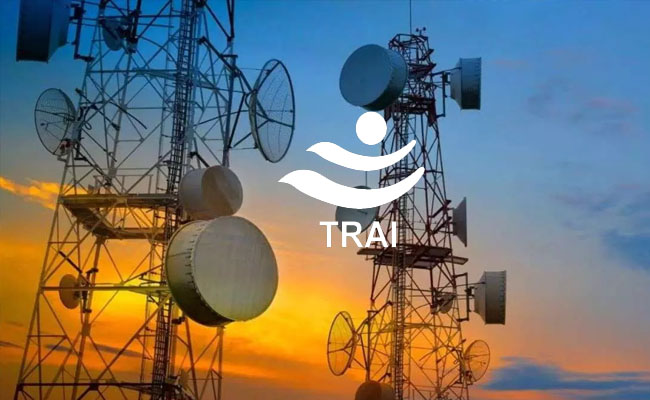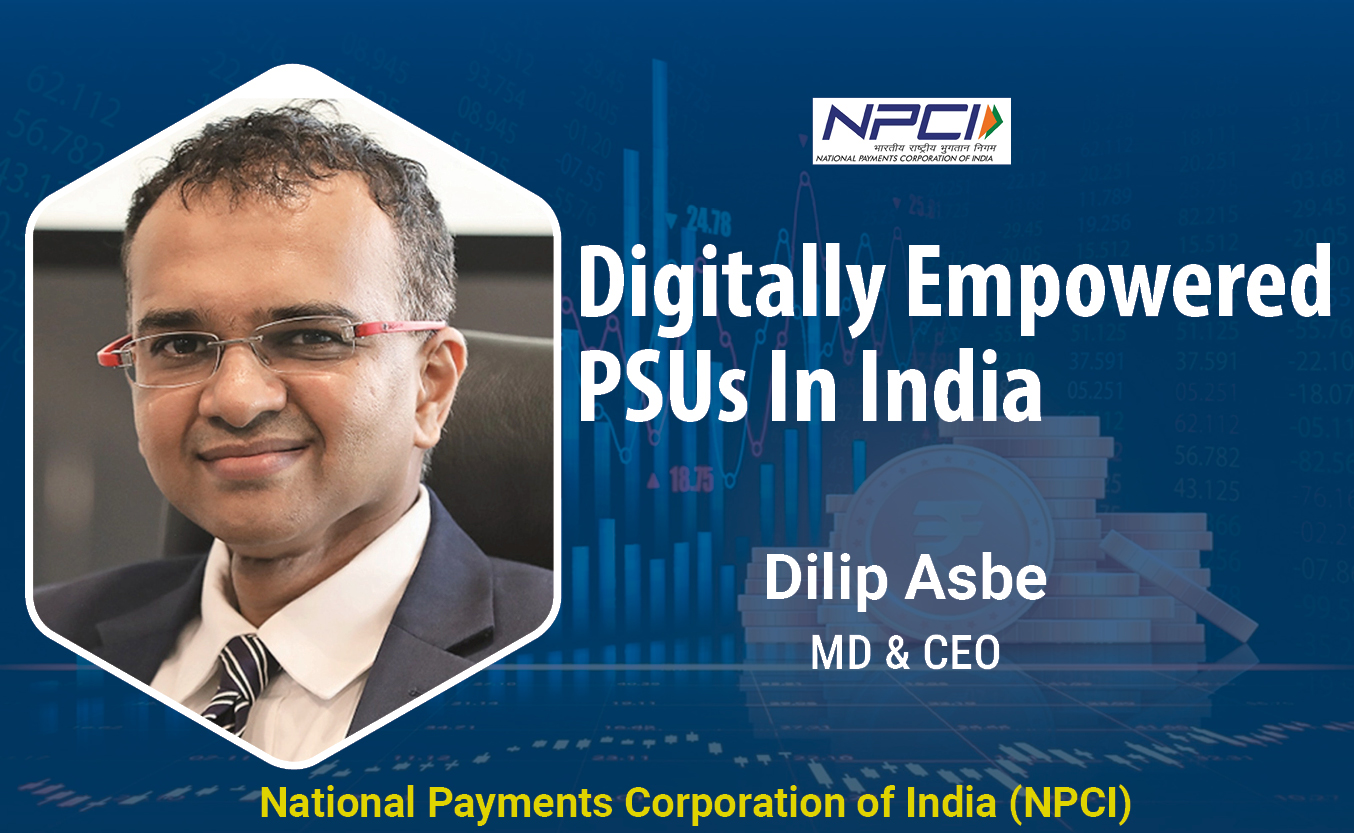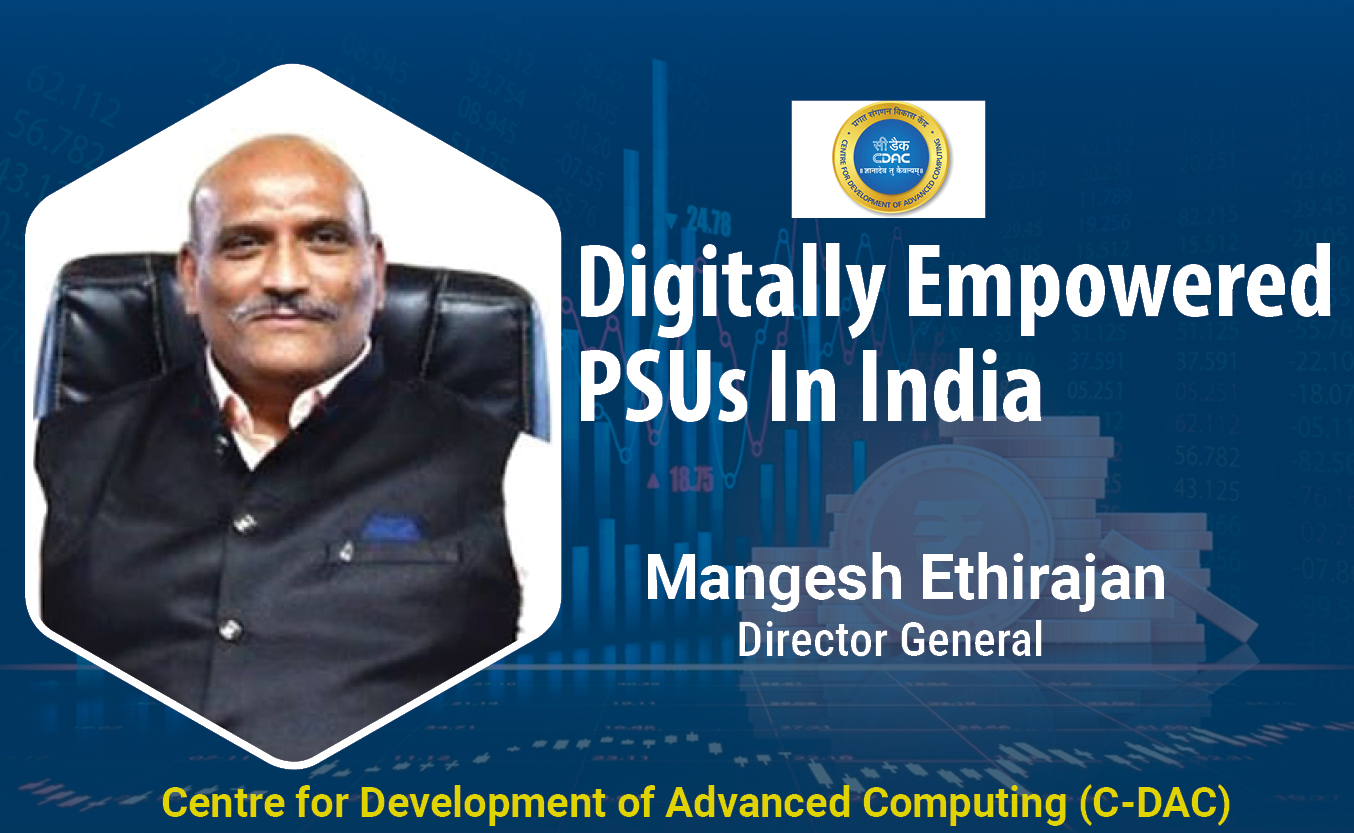Subram Natarajan CTO and Director, Technical Sales, IBM Technology Sales India/South Asia
By MYBRANDBOOK

Subram Natarajan
CTO and Director - Technical Sales, IBM Technology Sales India/South Asia
Key priorities for 2021
The pandemic has significantly accelerated the digital transformation journey of companies of all sizes and industries; what we normally see happening in five or six years is now happening in a year or less. Therefore the transformation to being digital is more existential than a matter of choice.
In this journey, the role played by a CIO/CTO has become vital. They envision the shifts in technology and how it affects the organization they serve -- they have become the drivers of the change within the company. Increasingly this transformation exercise is taking into account the business outcomes and it is expected that this process triggers thoughts around the newer business model and ecosystem development. As part of their responsibilities, the CxOs are beginning to realize the power of the Network economy - this includes how they conduct their business, how they work and interact with people, and how they connect with the larger community, their customers, their business partners, etc. These virtual networks are fast becoming the enabler of work, especially in these times.
Redesigning IT & Security strategy
Increased digitization will lead to a rise in cybercrime, simply because of the increased surface area for attack. In addition to reviewing and strengthening enterprise IT security regularly, it is increasingly important to have state-of-the-art security operations that continuously monitor, alert, and prevent cyber-attacks. IBM Security recommends several actions to bolster an organization’s cybersecurity posture.
● Establish collaborative governance and culture: Adopt a unified strategy that combines cloud and security operations – across application developers, IT Operations, and Security. Designate clear policies and responsibilities for existing cloud resources as well as for the acquisition of new cloud resources.
● Take a risk-based view: Assess the kinds of workload and data you plan to deploy and move to the cloud and define appropriate security policies.
● Apply strong access management: Leverage access management policies and tools for access resources, including multifactor authentication, to prevent infiltration using stolen credentials. Restrict privileged accounts and set all user groups to least-required privileges to minimize damage from account compromise (zero trust model).
● Have the right tools: Ensure tools for security monitoring, visibility and response are effective across all cloud and on-premise resources.
● Automate security processes: Implementing effective security automation in your system can improve your detection and response capabilities, rather than relying on manual reaction to events.


Happiest Minds brings in an innovative GenAI chatbot
Happiest Minds Technologies has announced the new GenAI chatbot - ‘hAPPI...

Government mandates encryption for CCTV cameras to ensure netw
In the wake of issuing an internal advisory on securing CCTV cameras at g...

TRAI recommends allowing only Indian entities to participate i
The Telecom Regulatory Authority of India (TRAI) has recommended that onl...

Galaxy AI is available on more devices with Samsung One UI 6.1
Samsung has expanded the range of smartphones to which One UI 6.1 and Gala...


Technology Icons Of India 2023: Bharat Goenka
Bharat Goenka is the Managing Director of Tally Solutions. He is well ...

Technology Icons Of India 2023: Anant Maheshwari
As President of Microsoft India, he is responsible for Microsoft’s o...

Technology Icons Of India 2023: Sunil Gupta
Sunil Gupta is the Co-founder, Managing Partner & CEO of Yotta Infrast...


NPCI leading India towards Digital payments
The National Payments Corporation of India (NPCI) is an initiative tak...

INDIANOIL helps reach precious petroleum fuels to every nook and corner of the country
IndianOil, a diversified, integrated energy major with presence in alm...

C-DAC keeps India ahead in IT & Electronics R&D space
Centre for Development of Advanced Computing (C-DAC) is the premier R&...


IRIS GLOBAL SERVICES PVT. LTD.
Iris Global services is one of the leading distribution houses that d...

SUPERTRON ELECTRONICS PVT. LTD.
Supertron deals in servers, laptops, components, accessories and is a...

SONATA INFORMATION TECHNOLOGY LIMITED
Sonata Software Limited is a leading Modernization engineering company...